2. LangChain4J 中的 Hello World
@[toc]
1. 接入阿里百炼大模型 ------ 通义千问
接入阿里百炼平台的通义模型:bailian.console.aliyun.com/?tab=home#/...
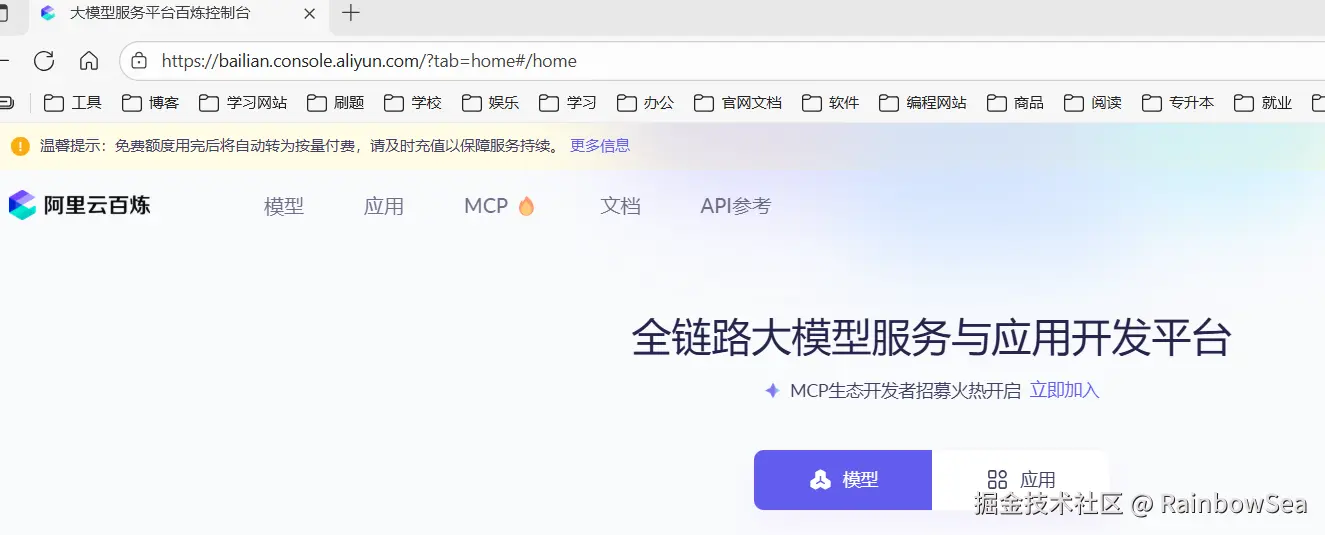
大模型调用三件套:
- 获得对应大模型的 Api-Key
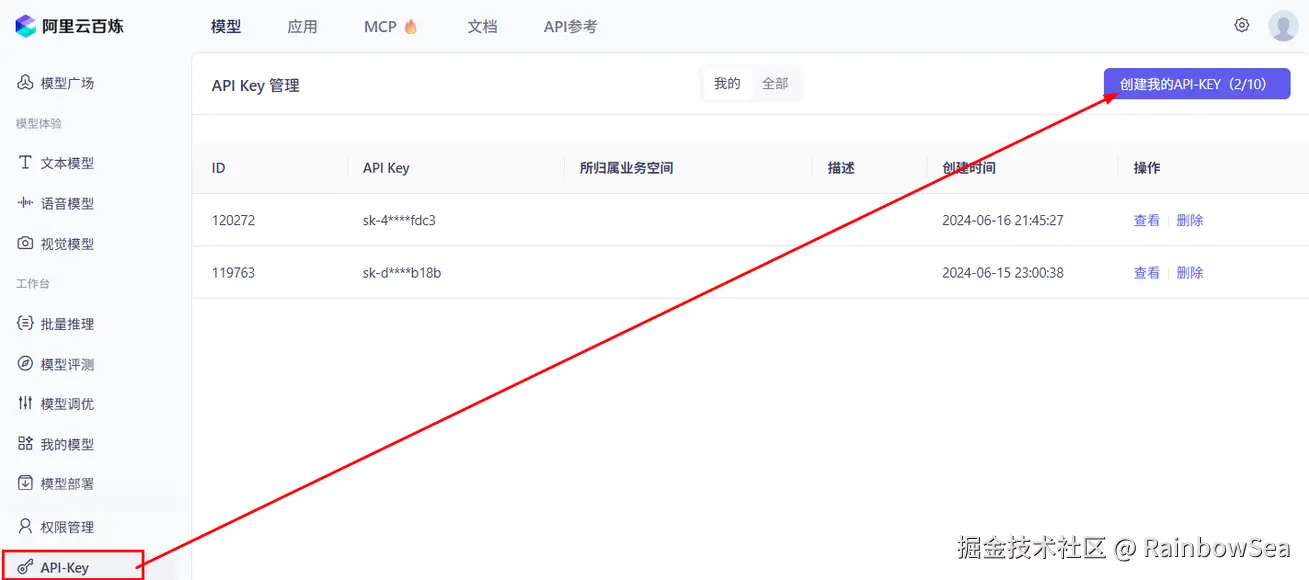
- 获得模型名:
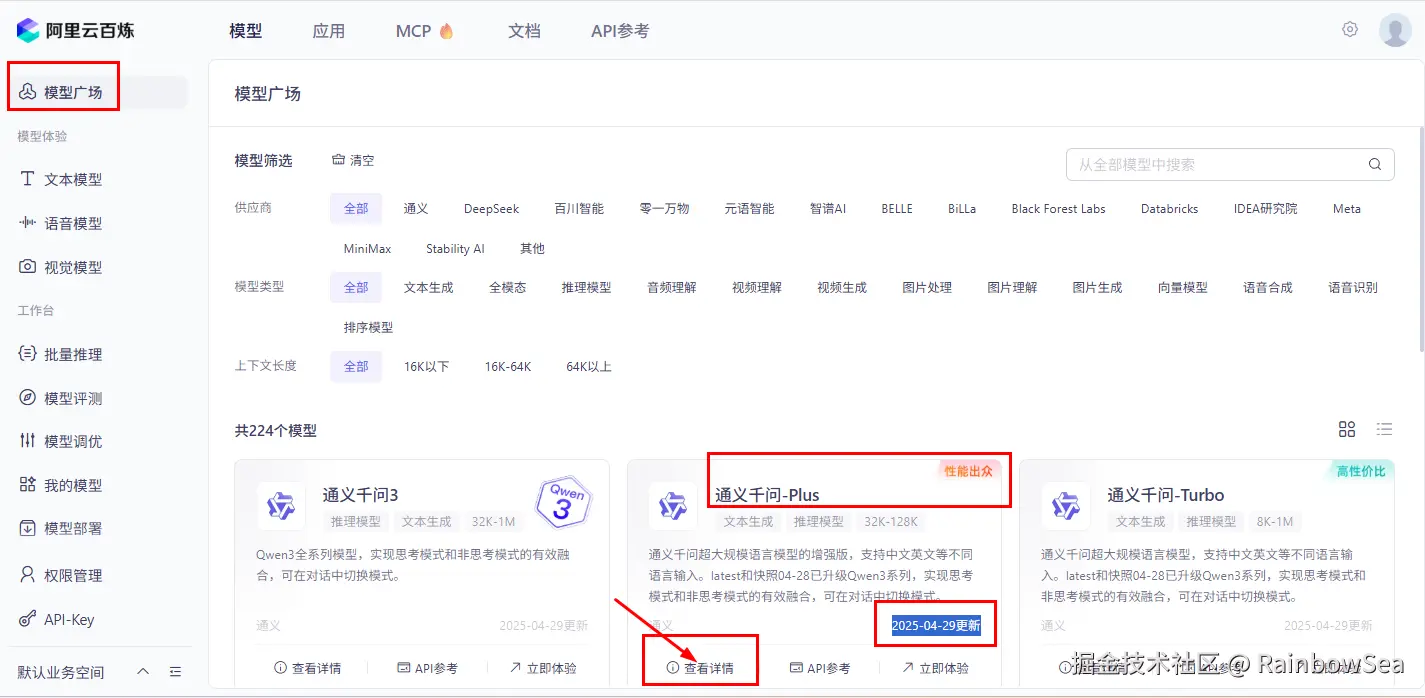

- 获得 baseUrl 开发地址:
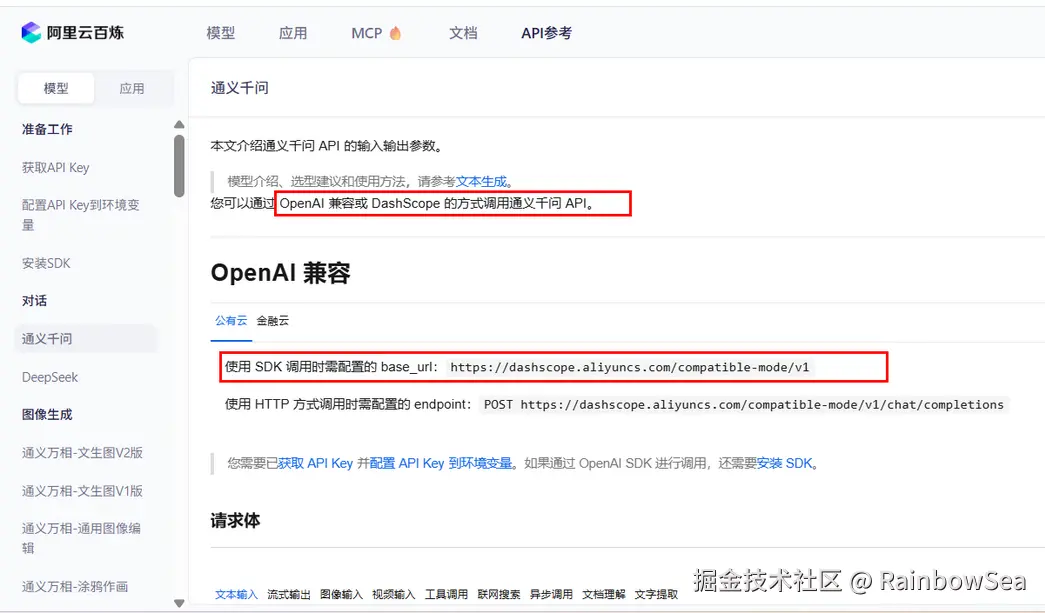
假设你要换一个模型实例:
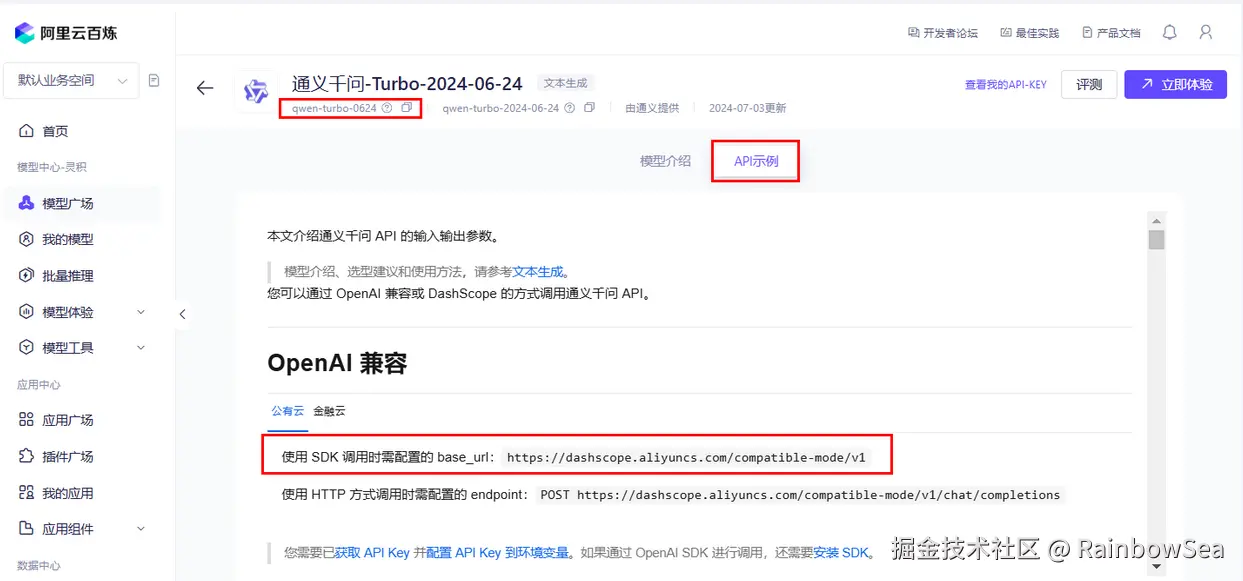


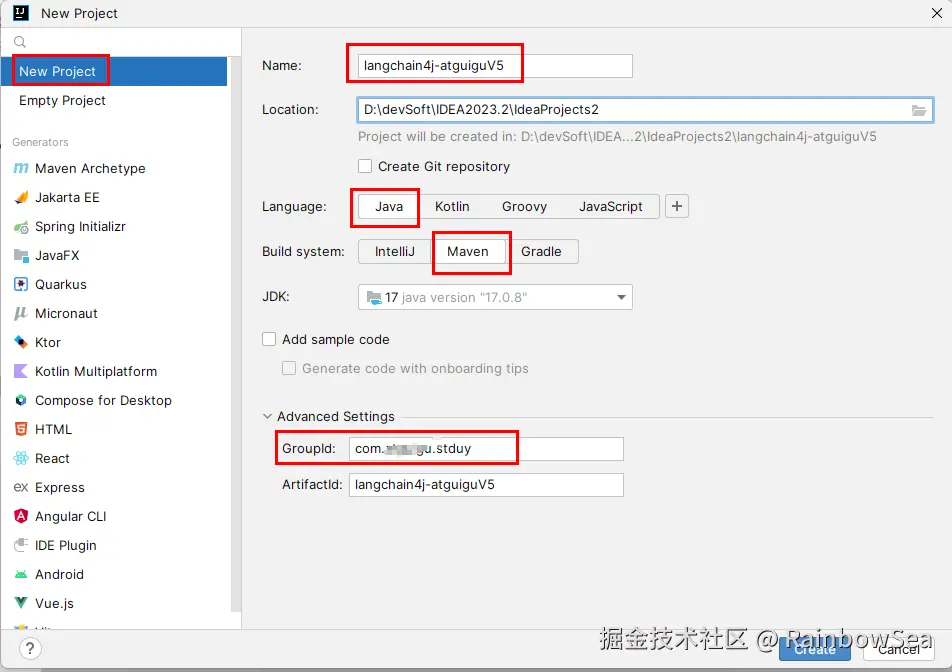
初始总 pom.xml
xml
<?xml version="1.0" encoding="UTF-8"?>
<project xmlns="http://maven.apache.org/POM/4.0.0"
xmlns:xsi="http://www.w3.org/2001/XMLSchema-instance"
xsi:schemaLocation="http://maven.apache.org/POM/4.0.0 http://maven.apache.org/xsd/maven-4.0.0.xsd">
<modelVersion>4.0.0</modelVersion>
<groupId>com.atguigu.stduy</groupId>
<artifactId>langchain4j-atguiguV5</artifactId>
<version>1.0-SNAPSHOT</version>
<packaging>pom</packaging>
<name>langchain4j-atguiguV5-Maven父工程POM配置</name>
<properties>
<project.build.sourceEncoding>UTF-8</project.build.sourceEncoding>
<project.reporting.outputEncoding>UTF-8</project.reporting.outputEncoding>
<java.version>17</java.version>
<maven.compiler.source>17</maven.compiler.source>
<maven.compiler.target>17</maven.compiler.target>
<!-- Spring Boot -->
<spring-boot.version>3.5.0</spring-boot.version>
<!-- Spring AI -->
<spring-ai.version>1.0.0</spring-ai.version>
<!-- Spring AI Alibaba -->
<spring-ai-alibaba.version>1.0.0-M6.1</spring-ai-alibaba.version>
<!-- langchain4j -->
<langchain4j.version>1.0.1</langchain4j.version>
<!--langchain4j-community 引入阿里云百炼平台依赖管理清单-->
<langchain4j-community.version>1.0.1-beta6</langchain4j-community.version>
<!-- maven plugin -->
<maven-deploy-plugin.version>3.1.1</maven-deploy-plugin.version>
<flatten-maven-plugin.version>1.3.0</flatten-maven-plugin.version>
<maven-compiler-plugin.version>3.8.1</maven-compiler-plugin.version>
</properties>
<dependencyManagement>
<dependencies>
<!-- Spring Boot -->
<dependency>
<groupId>org.springframework.boot</groupId>
<artifactId>spring-boot-dependencies</artifactId>
<version>${spring-boot.version}</version>
<type>pom</type>
<scope>import</scope>
</dependency>
<!-- Spring AI -->
<dependency>
<groupId>org.springframework.ai</groupId>
<artifactId>spring-ai-bom</artifactId>
<version>${spring-ai.version}</version>
<type>pom</type>
<scope>import</scope>
</dependency>
<!-- Spring AI Alibaba -->
<dependency>
<groupId>com.alibaba.cloud.ai</groupId>
<artifactId>spring-ai-alibaba-starter</artifactId>
<version>${spring-ai-alibaba.version}</version>
</dependency>
<!--langchain4j的依赖清单,加载BOM后所有langchain4j版本号可以被统一管理起来
https://docs.langchain4j.dev/get-started
-->
<dependency>
<groupId>dev.langchain4j</groupId>
<artifactId>langchain4j-bom</artifactId>
<version>${langchain4j.version}</version>
<type>pom</type>
<scope>import</scope>
</dependency>
<!--引入阿里云百炼平台依赖管理清单
https://docs.langchain4j.dev/integrations/language-models/dashscope
-->
<dependency>
<groupId>dev.langchain4j</groupId>
<artifactId>langchain4j-community-bom</artifactId>
<version>${langchain4j-community.version}</version>
<type>pom</type>
<scope>import</scope>
</dependency>
</dependencies>
</dependencyManagement>
<build>
<plugins>
<plugin>
<groupId>org.springframework.boot</groupId>
<artifactId>spring-boot-maven-plugin</artifactId>
<version>${spring-boot.version}</version>
</plugin>
<plugin>
<groupId>org.apache.maven.plugins</groupId>
<artifactId>maven-deploy-plugin</artifactId>
<version>${maven-deploy-plugin.version}</version>
<configuration>
<skip>true</skip>
</configuration>
</plugin>
<plugin>
<groupId>org.apache.maven.plugins</groupId>
<artifactId>maven-compiler-plugin</artifactId>
<version>${maven-compiler-plugin.version}</version>
<configuration>
<release>${java.version}</release>
<compilerArgs>
<compilerArg>-parameters</compilerArg>
</compilerArgs>
</configuration>
</plugin>
<plugin>
<groupId>org.codehaus.mojo</groupId>
<artifactId>flatten-maven-plugin</artifactId>
<version>${flatten-maven-plugin.version}</version>
<inherited>true</inherited>
<executions>
<execution>
<id>flatten</id>
<phase>process-resources</phase>
<goals>
<goal>flatten</goal>
</goals>
<configuration>
<updatePomFile>true</updatePomFile>
<flattenMode>ossrh</flattenMode>
<pomElements>
<distributionManagement>remove</distributionManagement>
<dependencyManagement>remove</dependencyManagement>
<repositories>remove</repositories>
<scm>keep</scm>
<url>keep</url>
<organization>resolve</organization>
</pomElements>
</configuration>
</execution>
<execution>
<id>flatten.clean</id>
<phase>clean</phase>
<goals>
<goal>clean</goal>
</goals>
</execution>
</executions>
</plugin>
</plugins>
</build>
<repositories>
<repository>
<id>spring-milestones</id>
<name>Spring Milestones</name>
<url>https://repo.spring.io/milestone</url>
<snapshots>
<enabled>false</enabled>
</snapshots>
</repository>
<repository>
<id>spring-snapshots</id>
<name>Spring Snapshots</name>
<url>https://repo.spring.io/snapshot</url>
<releases>
<enabled>false</enabled>
</releases>
</repository>
<repository>
<id>aliyunmaven</id>
<name>aliyun</name>
<url>https://maven.aliyun.com/repository/public</url>
</repository>
</repositories>
<pluginRepositories>
<pluginRepository>
<id>public</id>
<name>aliyun nexus</name>
<url>https://maven.aliyun.com/repository/public</url>
<releases>
<enabled>true</enabled>
</releases>
<snapshots>
<enabled>false</enabled>
</snapshots>
</pluginRepository>
</pluginRepositories>
</project>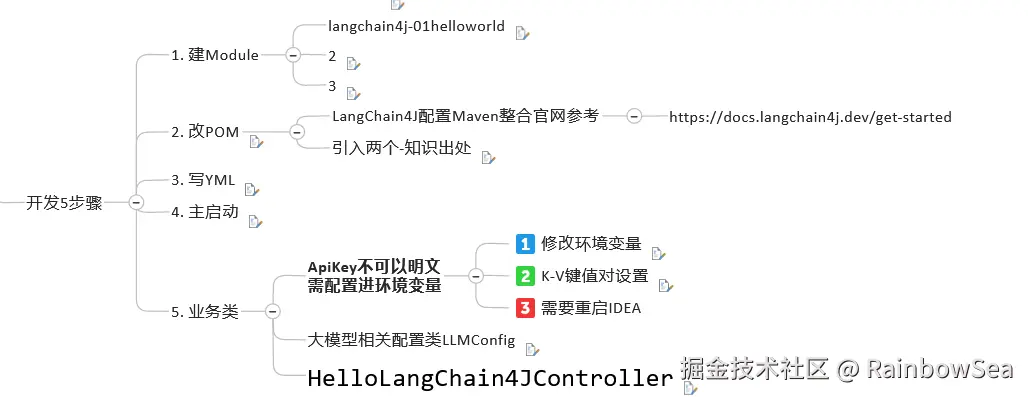
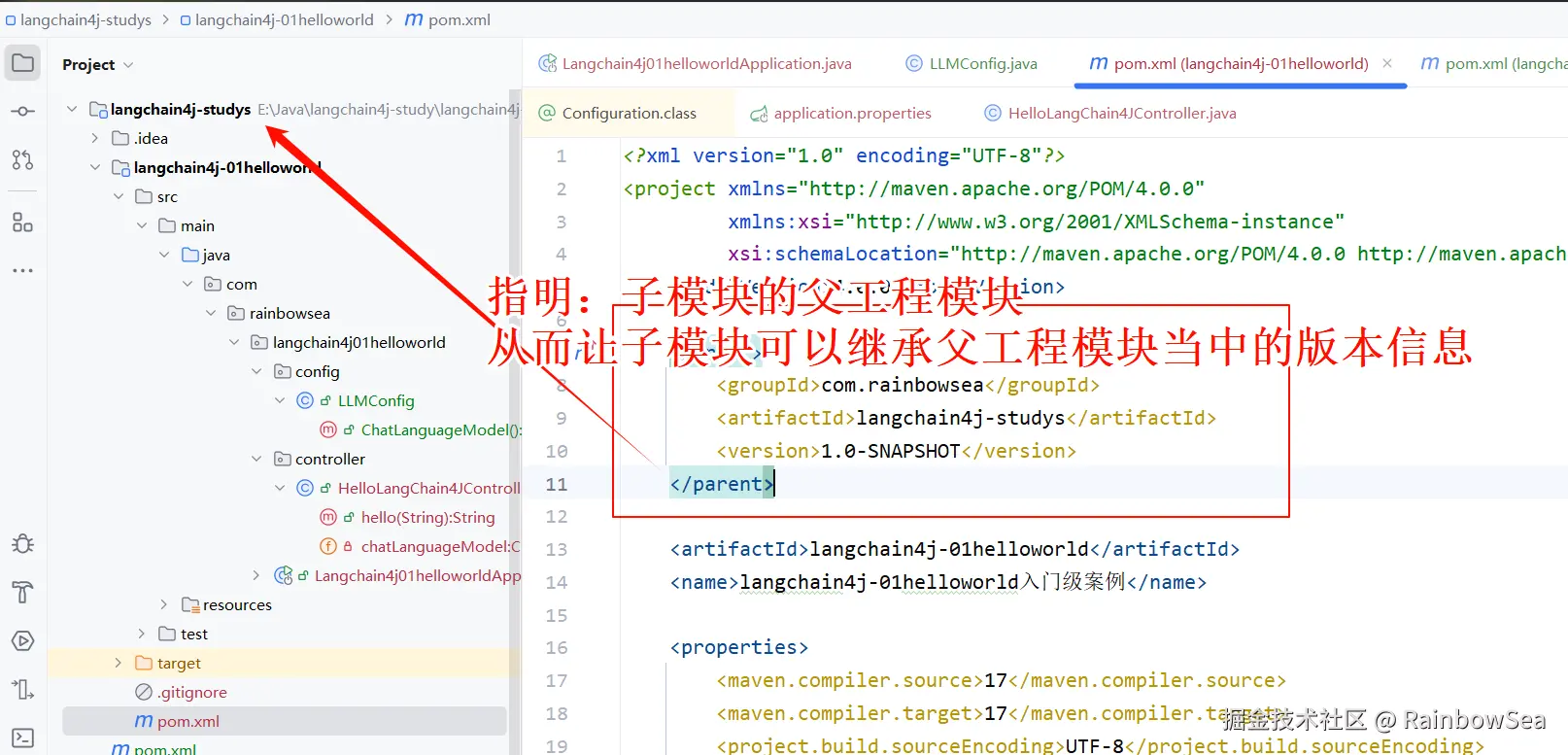
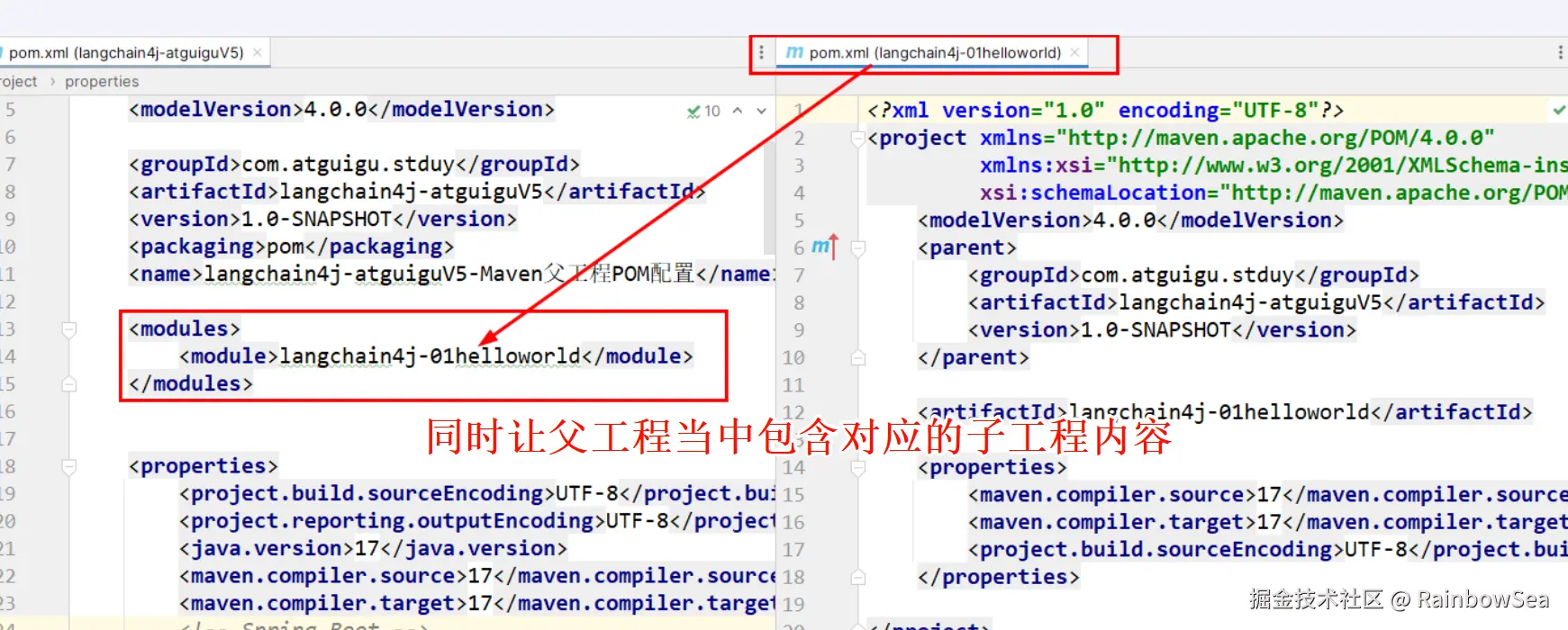
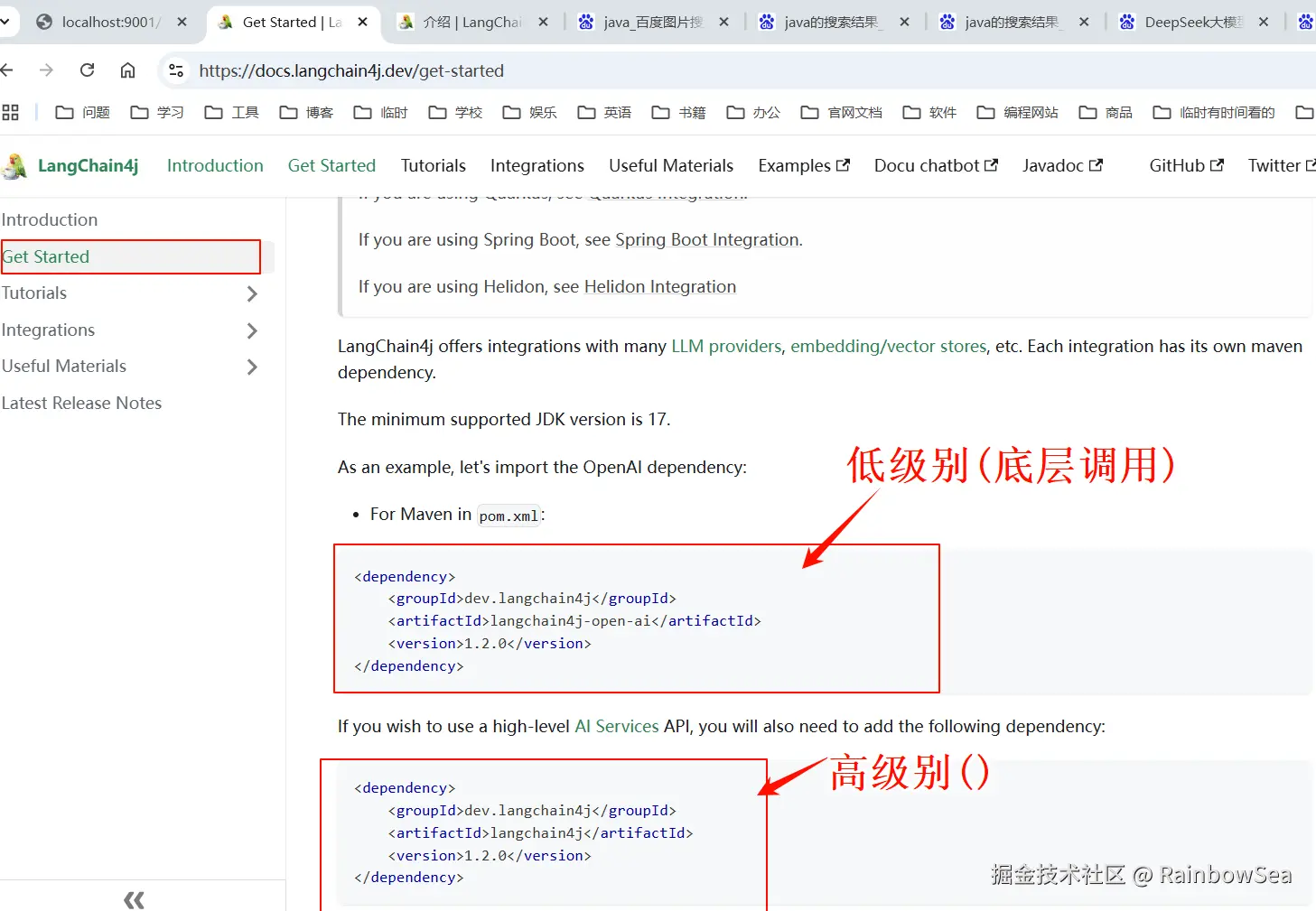
配置我们对应进入的大模型的三件套:对应大模型的 Key,模型名,调用地址:

我们可以将上述大模型三件套写入到 application.properties 配置文件当中如下:
我们接入阿里百炼大模型------
properties
server.port=9001
spring.application.name=langchain4j-01helloworld
# alibaba qwen-turbo-0624 help langchain4j
# https://bailian.console.aliyun.com/#/model-market/detail/qwen-turbo-0624
#langchain4j.open-ai.chat-model.api-key=${aliQwen-api}
langchain4j.open-ai.chat-model.api-key=sk-d2902588xxxxxxxxxx
langchain4j.open-ai.chat-model.model-name=qwen-plus
langchain4j.open-ai.chat-model.base-url=https://dashscope.aliyuncs.com/compatible-mode/v1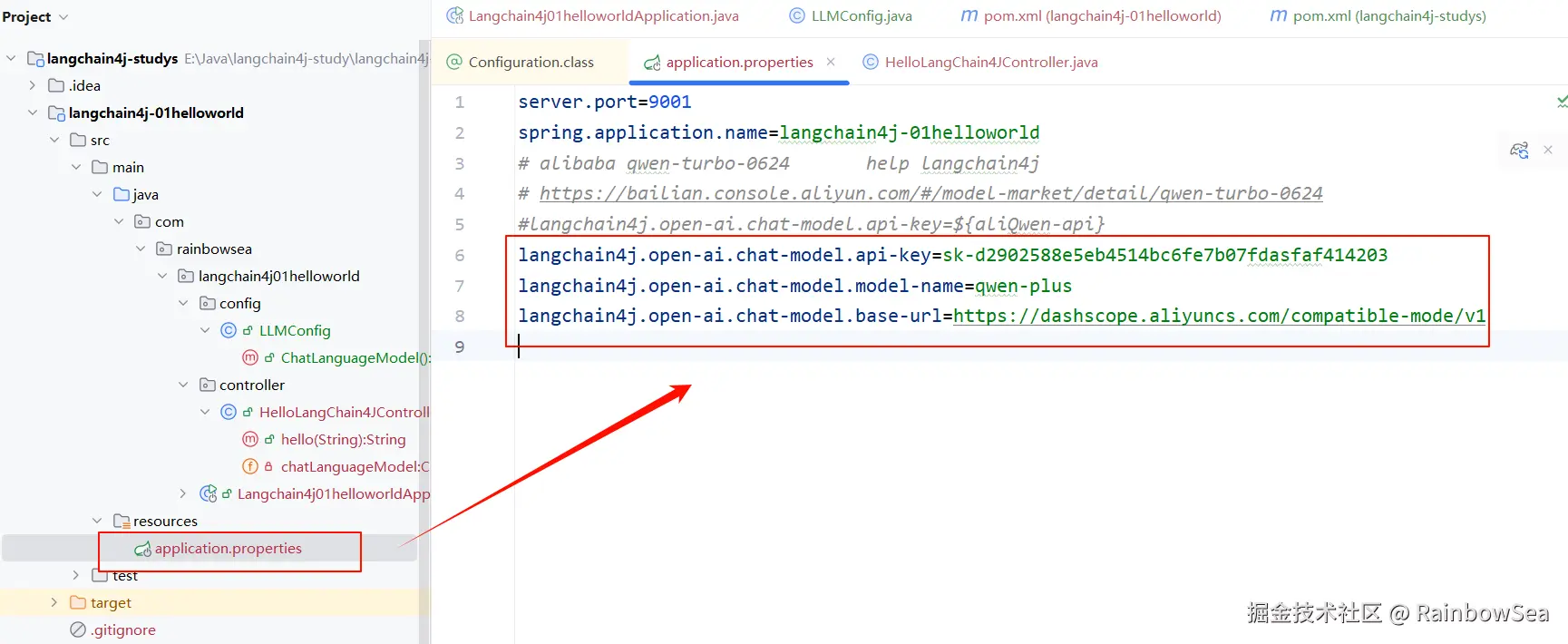
编写对外的 Cutroller
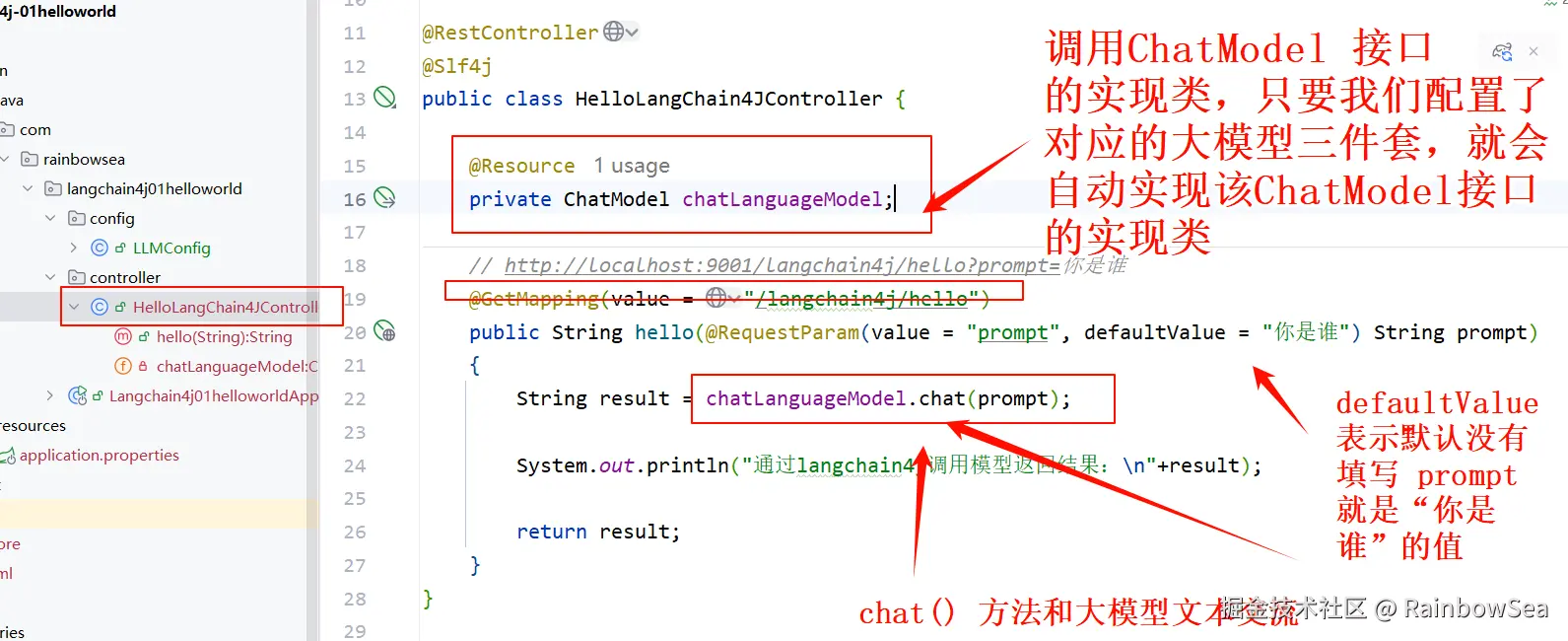
java
package com.rainbowsea.langchain4j01helloworld.controller;
import dev.langchain4j.model.chat.ChatModel;
import jakarta.annotation.Resource;
import lombok.extern.slf4j.Slf4j;
import org.springframework.web.bind.annotation.GetMapping;
import org.springframework.web.bind.annotation.RequestParam;
import org.springframework.web.bind.annotation.RestController;
@RestController
@Slf4j
public class HelloLangChain4JController {
@Resource
private ChatModel chatLanguageModel;
// http://localhost:9001/langchain4j/hello?prompt=你是谁
@GetMapping(value = "/langchain4j/hello")
public String hello(@RequestParam(value = "prompt", defaultValue = "你是谁") String prompt)
{
String result = chatLanguageModel.chat(prompt);
System.out.println("通过langchain4j调用模型返回结果:\n"+result);
return result;
}
}运行测试:

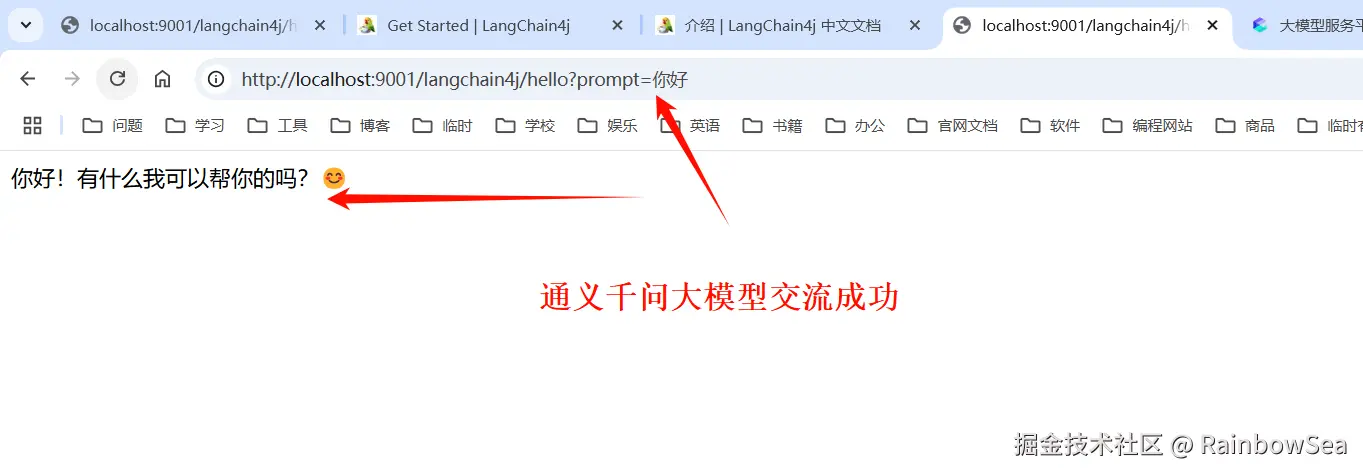
2. 接入 DeepSeek 大模型
上述我们是将大模型的 Key 配置到了,application.properties 配置文件当中。
这种方式不太安全,官方建议我们将其配置到系统变量当中。让程序去系统变量当中获取。
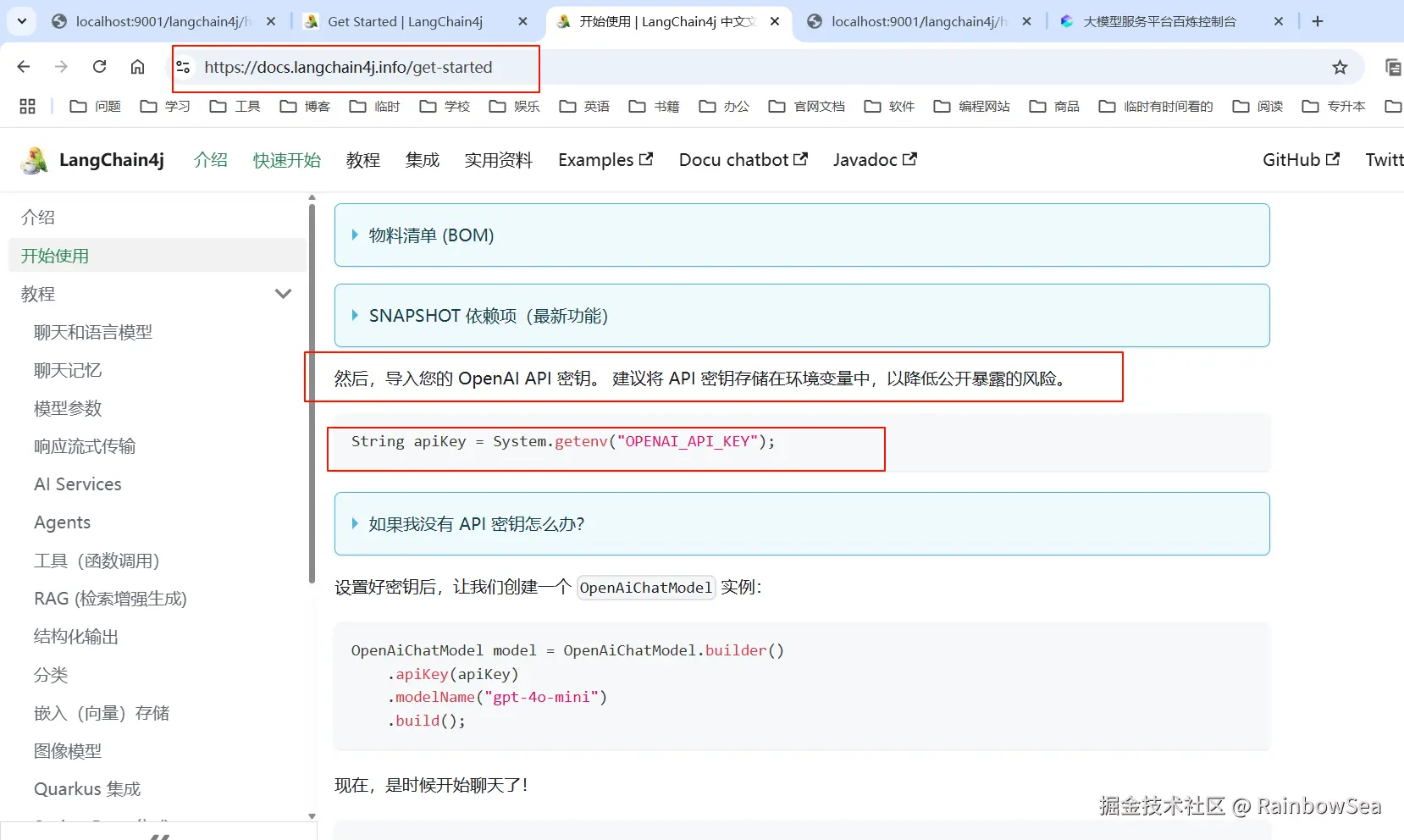
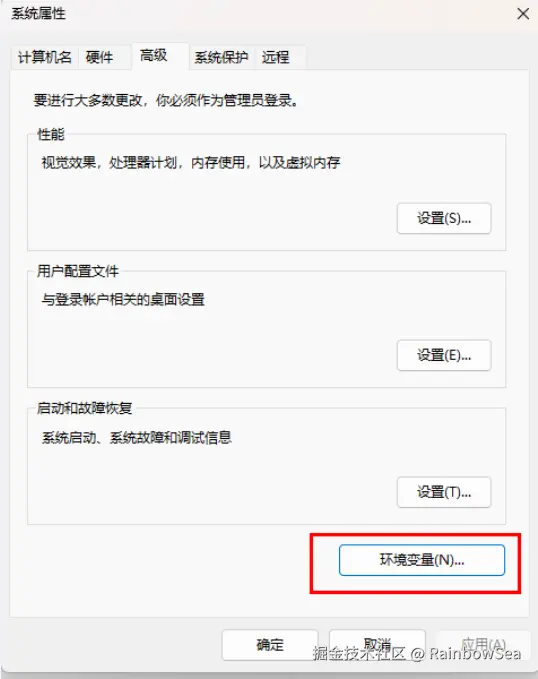
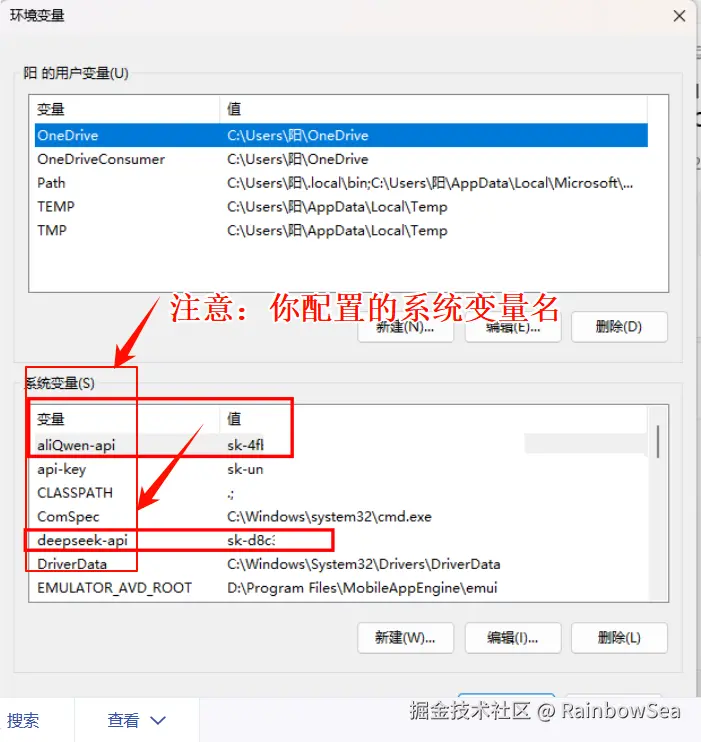
特别注意:想让 IDEA 可以读取到我们系统变量当中的值,需要重启 IDEA,如果重启 IDEA 还是读取不到我们系统变量当中的值,则重启系统即可。
你在系统变量名可以随意,尽量见名之意,不要中文,对应变量名的值,就是你对应大模型的 key 的值。
在系统环境变量当中的值,有两种获取方式。
- 第一种就是:我们在 application.yaml / properties 配置文件当中,使用
${}占位符。如下图所示:
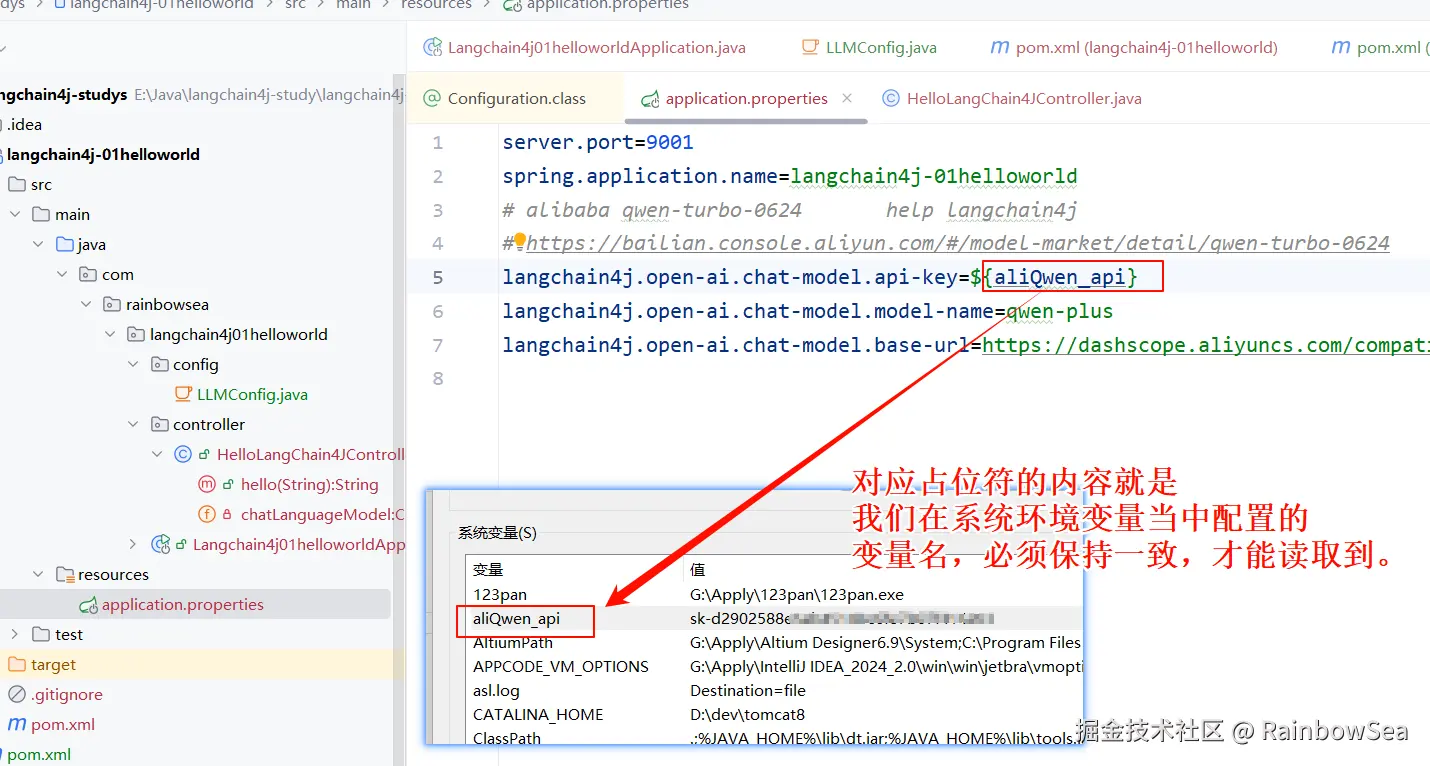
- 第二种方式:就是编写我们的 config 配置类,读取我们系统当中的配置大模型 key 。
这里我们使用配置类的方式,配置我们连接操作 DeepSeek 大模型的三件套配置信息(大模型的 key,name,url)。这些从 DeepSeek 开发文档当中就可以获取到
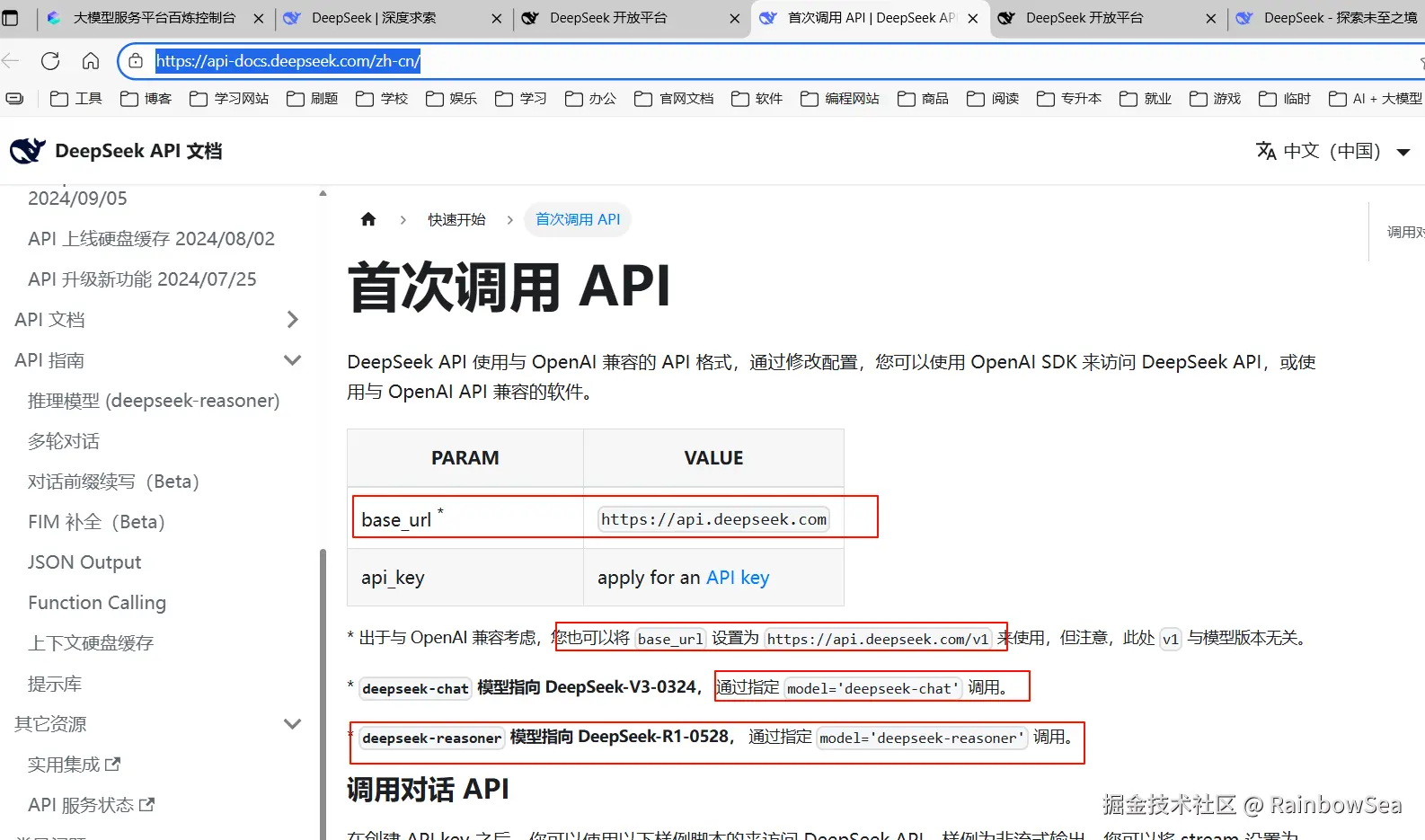
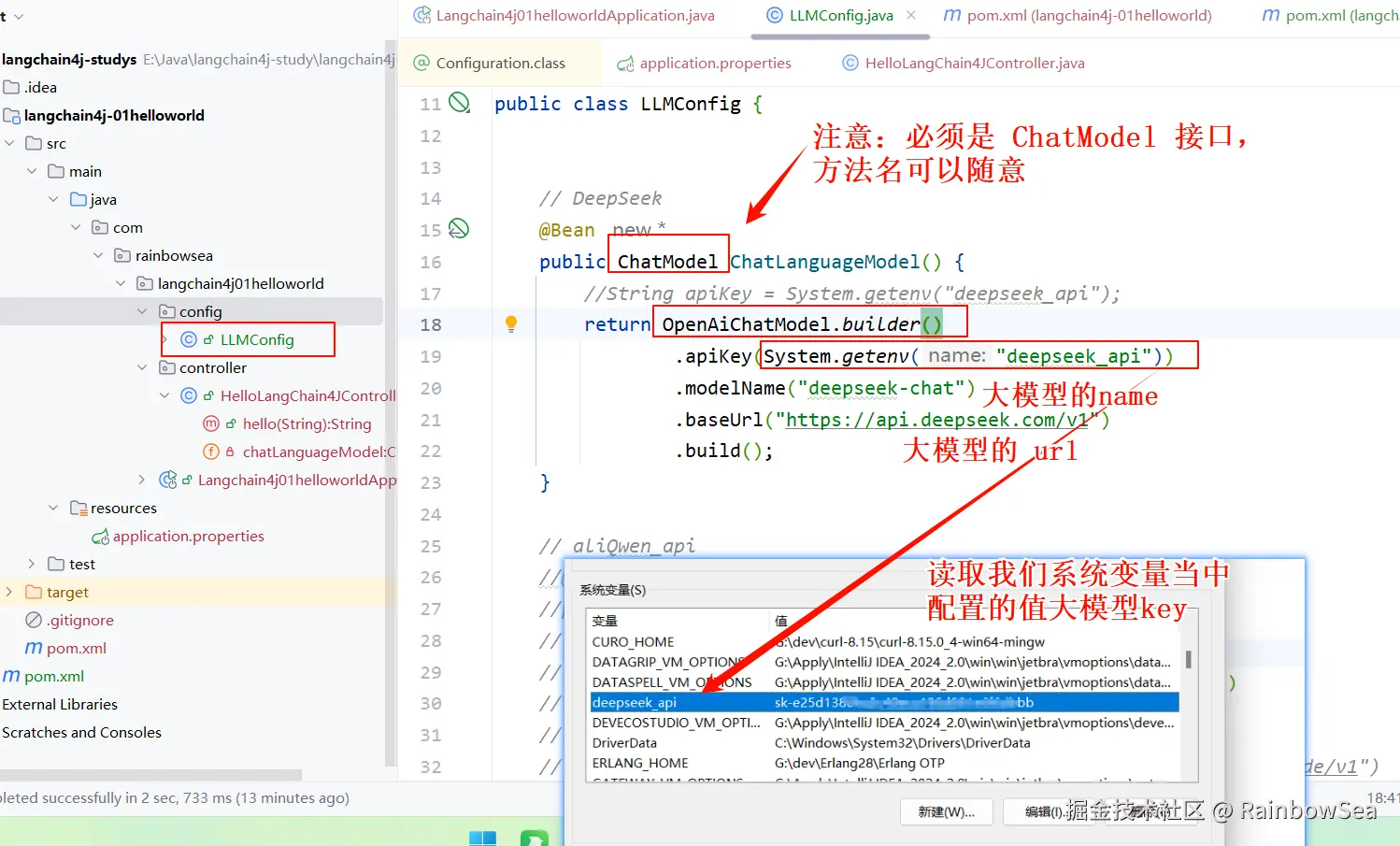
java
package com.rainbowsea.langchain4j01helloworld.config;
//import dev.langchain4j.model.chat.ChatLanguageModel;
import dev.langchain4j.model.chat.ChatModel;
import dev.langchain4j.model.openai.OpenAiChatModel;
import org.springframework.context.annotation.Bean;
import org.springframework.context.annotation.Configuration;
@Configuration
public class LLMConfig {
// DeepSeek
@Bean
public ChatModel ChatLanguageModel() {
//String apiKey = System.getenv("deepseek_api");
return OpenAiChatModel.builder()
.apiKey(System.getenv("deepseek_api"))
.modelName("deepseek-chat")
.baseUrl("https://api.deepseek.com/v1")
.build();
}
// aliQwen_api
//@Bean
//public ChatModel ChatLanguageModel() {
// //String apiKey = System.getenv("aliQwen_api");
// return OpenAiChatModel.builder()
// .apiKey(System.getenv("aliQwen_api"))
// .modelName("qwen-plus")
// .baseUrl("https://dashscope.aliyuncs.com/compatible-mode/v1")
// .build();
//}
}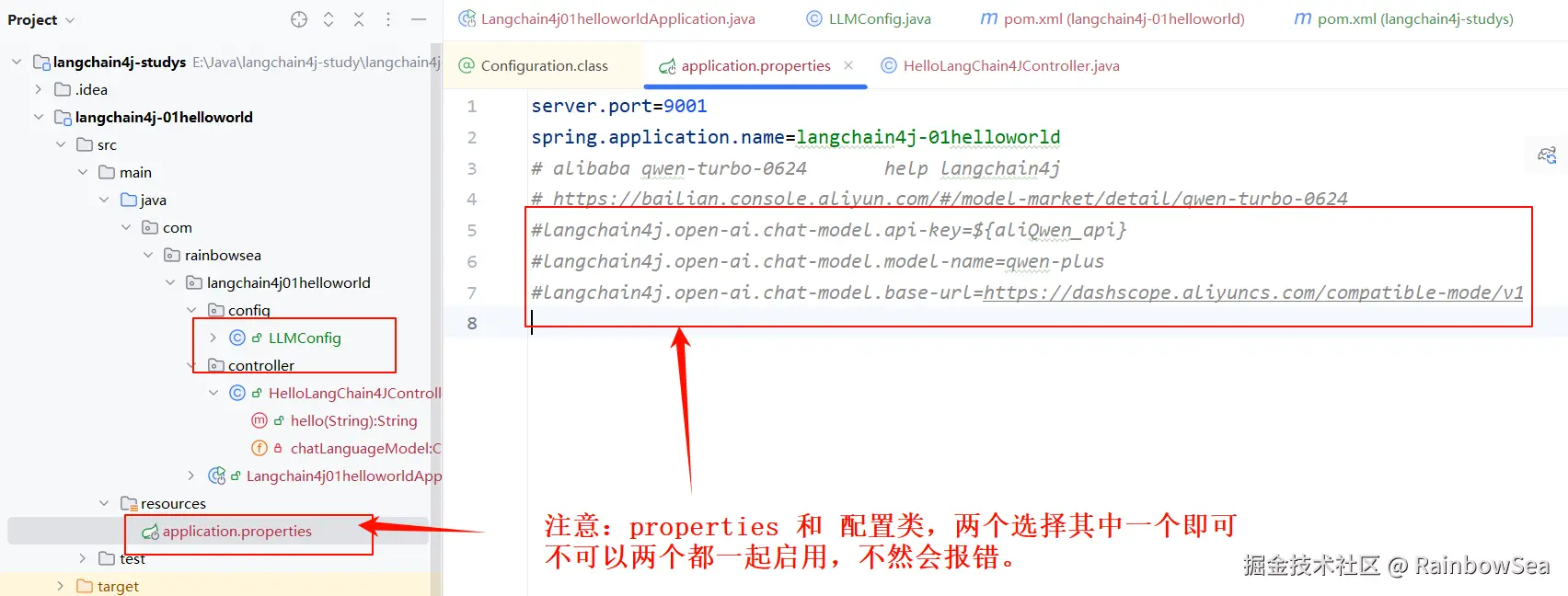
还是之前的那个 Cutroller ,不同的是我们这次接入的是 DeepSeek 大模型。
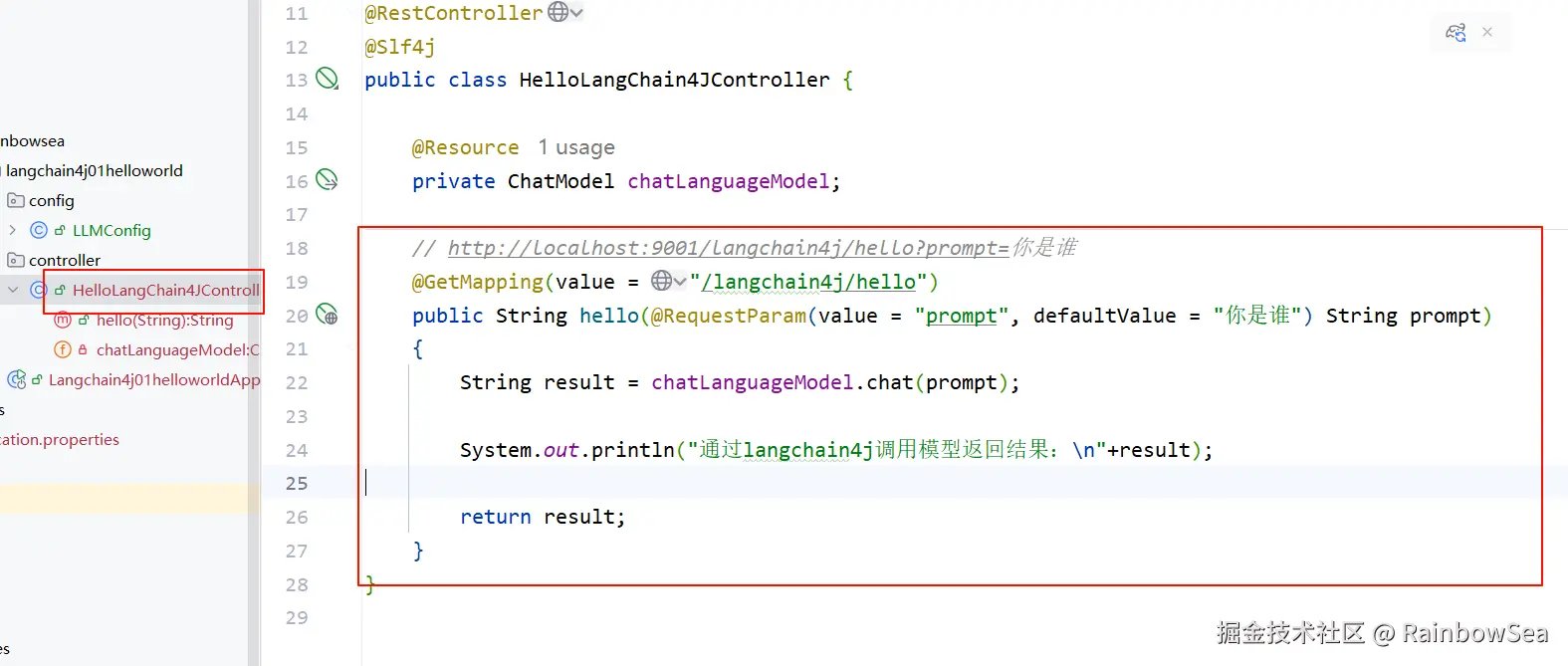

3. 同时接入 DeepSeek 和 通义千问
我们可以同时接入DeepSeek 和 通义千问 两个大模型,进行一个切换使用。
就是将这两个大模型的配置,都编写好,切换着使用即可。如下:
我们将这两个大模型的配置三件套,都写入到我们的配置类当中。如下:

java
package com.rainbowsea.langchain4j01helloworld.config;
//import dev.langchain4j.model.chat.ChatLanguageModel;
import dev.langchain4j.model.chat.ChatModel;
import dev.langchain4j.model.openai.OpenAiChatModel;
import org.springframework.context.annotation.Bean;
import org.springframework.context.annotation.Configuration;
@Configuration
public class LLMConfig {
// DeepSeek
//@Bean
@Bean(name = "deepseek")
public ChatModel chatModelDeepSeek() {
//String apiKey = System.getenv("deepseek_api");
return OpenAiChatModel.builder()
.apiKey(System.getenv("deepseek_api"))
.modelName("deepseek-chat")
.baseUrl("https://api.deepseek.com/v1")
.build();
}
// aliQwen_api
//@Bean
@Bean(name = "qwen")
public ChatModel chatModelQwen() {
//String apiKey = System.getenv("aliQwen_api");
return OpenAiChatModel.builder()
.apiKey(System.getenv("aliQwen_api"))
.modelName("qwen-plus")
.baseUrl("https://dashscope.aliyuncs.com/compatible-mode/v1")
.build();
}
}
java
package com.rainbowsea.langchain4j01helloworld.controller;
import dev.langchain4j.model.chat.ChatModel;
import jakarta.annotation.Resource;
import lombok.extern.slf4j.Slf4j;
import org.springframework.web.bind.annotation.GetMapping;
import org.springframework.web.bind.annotation.RequestParam;
import org.springframework.web.bind.annotation.RestController;
/**
*/
@RestController
@Slf4j
public class MultiModelController
{
@Resource(name = "qwen")
private ChatModel chatModelQwen;
@Resource(name = "deepseek")
private ChatModel chatModelDeepSeek;
// http://localhost:9001/multimodel/qwen
@GetMapping(value = "/multimodel/qwen")
public String qwenCall(@RequestParam(value = "prompt", defaultValue = "你是谁") String prompt)
{
String result = chatModelQwen.chat(prompt);
System.out.println("通过langchain4j调用模型返回结果:\n"+result);
return result;
}
// http://localhost:9001/multimodel/deepseek
@GetMapping(value = "/multimodel/deepseek")
public String deepseekCall(@RequestParam(value = "prompt", defaultValue = "你是谁") String prompt)
{
String result = chatModelDeepSeek.chat(prompt);
System.out.println("通过langchain4j调用模型返回结果:\n"+result);
return result;
}
}测试:


web开发中的 token 和 大模型中的 token 的区别:?
用途不同:
- Web开发中的Token通过加密字符串验证用户身份或授权访问资源,例如JWT令牌用于API访问权限控制。
- 大模型中的Token将文本拆分为最小处理单元(如词元),用于模型计算,例如将中文句子拆分为字、词或符号序列。
生成机制不同:
- Web Token通常由加密算法生成唯一字符串(如JWT包含用户信息)。
- 大模型Token通过特定算法(如分词规则)对文本进行拆分,不同模型拆分规则可能不同。
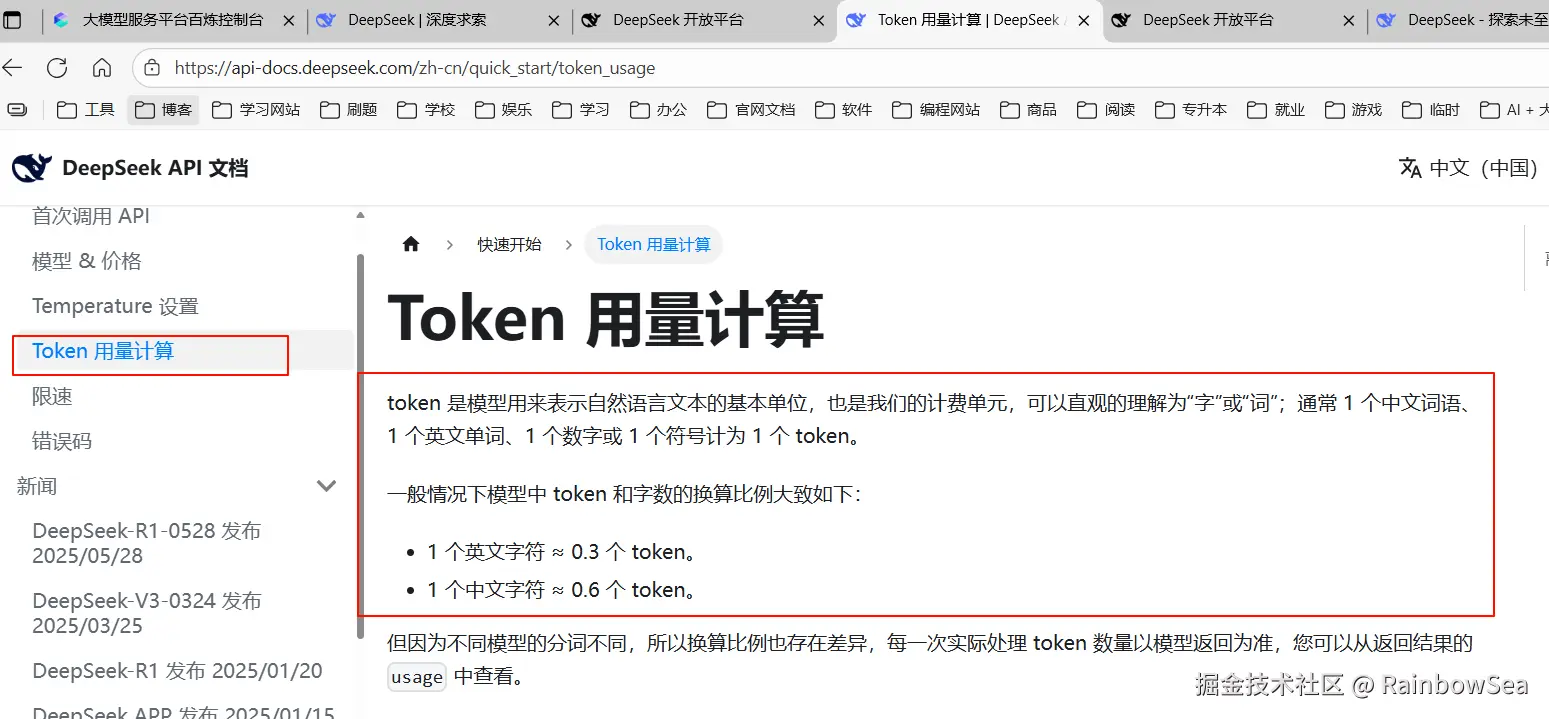
4. 最后:
"在这个最后的篇章中,我要表达我对每一位读者的感激之情。你们的关注和回复是我创作的动力源泉,我从你们身上吸取了无尽的灵感与勇气。我会将你们的鼓励留在心底,继续在其他的领域奋斗。感谢你们,我们总会在某个时刻再次相遇。"
